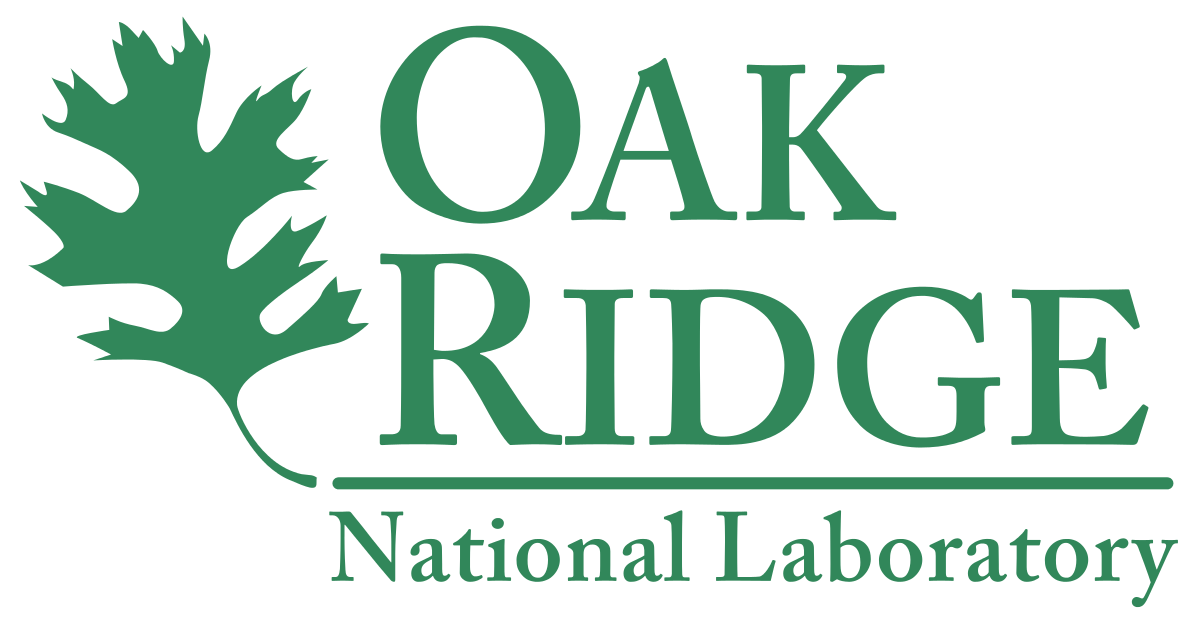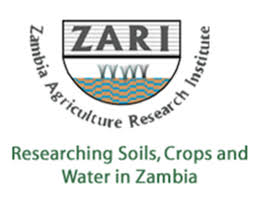
Blog
-
Geiger Readings for Mar 31, 2018
Ambient office = 101 nanosieverts per hourAmbient outside = 76 nanosieverts per hourSoil exposed to rain water = 75 nanosieverts per hourCrimini mushroom from Central Market = 88 nanosieverts per hourTap water = 86 nanosieverts per hourFilter water = 80 nanosieverts per hourDover sole – Caught in USA = 66 nanosieverts per hour -
Nuclear Reactors 548 – Oak Ridge National Laboratory Develops New Method For Removing Americium From Spent Nuclear Fuel
Spent nuclear fuel generates heat for decades and is radioactive for thousands of years. The used fuel is a combination of major actinides, fission products and minor actinides. Actinides are a group of 15 chemical elements with atomic numbers 89 to 103. The major actinides in used fuel are uranium and plutonium. Fission products in spent fuel are mainly metals including the lanthanides which have the atomic numbers 57 to 71. Cesium-137 and strontium-90 are fission products that decay in a few hundred years. Minor actinides such as americium, curium and neptunium as well as plutonium generate most of the heat and radioactivity after a few hundred years. The ability to remove americium and other minor actinides from spent nuclear fuel would reduce nuclear waste from spent nuclear fuel and make it easier to manage.
A research group at the Department of Energy’s Oak Ridge National Laboratory (ORNL) has designed and synthesized a molecular trap. This trap can separate americium from a mixture of americium and lanthanides. In their research, they used europium as a typical lanthanide in the mixture. The americium caught in the trap could be used as fuel in nuclear reactors. The lanthanides in the mixture are what is referred to as “neutron poisons” which absorb neutron and dampen nuclear reactions. They must be disposed of in a permanent geological waste repository.
The lead author of the study at ORNL said, “Nuclear energy, to reach a state of sustainability, will require used nuclear fuel to be recycled.” Such recycling requires the separation of minor actinides, Efficient separation methods would allow the establishment of a closed nuclear fuel recycling option. This is a tempting possibility in view of the fact that the U.S. only utilizes about one percent of the potential energy in nuclear fuel and does not recycle spent nuclear fuel.
Organic chemical compounds called ligands can bind to metal atoms. In order to carry out separation of actinides, the metal and the ligand must align properly. Members of the ORNL team used computer modeling to predict that a rigid ligand with four atoms that could donate electrons would be an excellent trap for actinide atoms that are trivalent meaning that they have a net positive charge of three.
Rigid ligands with a valence of negative charge of four do not occur in nature and had never been synthesized. It was suggested that a “unsaturated” ligand with single bonds and an organization that yielded the right pattern for grabbing an actinide would have to be synthesized. The ORNL computer models suggested that this would ideal for separating americium from lanthanides.
The ORNL team turned to specialists in the synthesis of complex organic molecules for assistance. A “saturated” ligand called a cyclic amide was created with a nitrogen atom and a carbon atom double-bonded to oxygen. A double bond was induced in the amide ring system resulting in an “unsaturated” cyclic form. An unorganized ligand has pyridines that face away from each other. The introduction of a nitrogen base forces the pyridines to face the same way resulting in preoganization of the ligand.
The synthesized ligand is referred to as tetradentate which means “four toothed”. It contains atoms that attract positively charged ions and donate electrons. The ligand has two nitrogen atoms and two oxygen atoms that align with atoms of americium. Although both saturated and unsaturated ligands will strongly bond with americium and europium, only unsaturated ligands are highly selective in bonding with americium.
-
Geiger Readings for Mar 30, 2018
Ambient office = 66 nanosieverts per hourAmbient outside = 129 nanosieverts per hourSoil exposed to rain water = 125 nanosieverts per hourCrimini mushroom from Central Market = 99 nanosieverts per hourTap water = 66 nanosieverts per hourFilter water = 59 nanosieverts per hour -
Nuclear Weapons 351 – U.S. And U.K. Are Collaborating On Technologies To Detect Nuclear Weapons Work
The proliferation of nuclear weapons is a global concern and most nations with nuclear arsenals are working to reduce their own stockpiles of nuclear weapons while discouraging non-nuclear nations from obtaining nuclear weapons. India is having problems obtaining some nuclear technology from other nations because of fear that the tech might be repurposed to help develop nuclear weapons. Saudi Arabia is seeking assistance in the construction of nuclear power reactors but U.S. rules against export of dual-use technologies to countries that might use that technology for nuclear weapons production are impeding deals involving U.S. nuclear technologies companies.
The United States and the United Kingdom are collaborating on a new joint program called the Advanced Instrumentation Testbed (AIT) which is dedicated to the development of tools that can help prevent nuclear proliferation. AIT is being sponsored by the National Nuclear Security Administration at the U.S. Department of Energy. The first project of AIT is the WATCHMAN antineutrino detector.
WATCHMAN will be built by the AIT consortium which consists or which consists of Lawrence Livermore and Brookhaven national laboratories, the United Kingdom’s Atomic Weapons Establishment, UC Berkeley, UC Davis, UC Irvine, Iowa State University, Penn State University, the University of Pennsylvania, the University of Michigan, the University of Hawaii and the University of Sheffield, U.K.
Physicists from the University of California, Davis are leading the WATCHMAN antineutrino detector project. The new detector will be constructed inside a closed potash mine near Boulby, Cheshire, in the U.K.
WATCHMAN is an acronym that stands for WATer Cherenkov Monitor of Antineutrinos. It is designed to detect antineutrino particles generated by the nuclear power plant at Hartlepool which is about fifteen miles from Boulby. Ultimately, the goal is to create detectors that can pick up antineutrino production much further away that might be related to nuclear weapons production. WATCHMAN will be the first system that utilizes a scalable water-based technology to remotely monitor the activity at a single nuclear reactor.
Neutrinos and antineutrinos are nuclear particles which have almost no mass and interact only weakly with other nuclear particles such as protons and neutrons. They can pass through the entire Earth without being stopped by interaction with normal matter. Neutrinos and antineutrino detectors are often located far underground where other types of nuclear particles from space will be screened out.
The WATCHMAN detector will be a cylinder about fifty-three feet tall and about fifty-three feet in diameter lined with thousands of photomultiplier tubes. It will be filled with purified water to which gadolinium has been added. Gadolinium can capture neutrons. When an antineutrino enters the cylinder and triggers the release of a neutron in the water, it will trigger a very small flash of light when the gadolinium absorbs the neutron.
The UC Davis group is working on the ultrafast photomultiplier technology and finding new materials that can capture neutrinos and antineutrinos. The group has worked on other projects involving neutrinos and antineutrinos. The team hopes to have the WATCHMAN detector running in 2023.
-
Geiger Readings for Mar 29, 2017
Ambient office = 88 nanosieverts per hourAmbient outside = 82 nanosieverts per hourSoil exposed to rain water = 83 nanosieverts per hourOrange bell pepper from Central Market = 95 nanosieverts per hourTap water = 138 nanosieverts per hourFilter water = 122 nanosieverts per hour -
Zambia Working To Improve Agriculture With Nuclear Science – Part 2 of 2 Parts
Part Two of Two Parts (Please read Part One first)
ZARI projects are working to develop stable, high-yield and superior storage crops. Beyond pests and disease resistance, ZARI is also working on crops that can survive adverse conditions such as drought or soil with high acidity. Ghana in northwest Africa has already used nuclear radiation to mutate the genes of cocoa plants in the hopes of producing hardier plants. This same technique could be used in Zambia to produce hardier crops.
Once crops have been harvested, radiation can be used to kill any microorganisms and increase the shelf life of the crop. It is claimed that the use of radiation to treat harvested crops produces “negligible changes caused to the products in terms of appearance, taste and nutritional value compared to regular preservation methods.” Such irradiation does not make the food radioactive.
It is estimated that over seventy-five billion tons of soil are eroded each year from global agricultural areas. It is mainly the top soil that is eroded each year. Plants get most of their water and nutrients from top soil. Nuclear technology has been utilized to track and mitigate the rate and scale of soil erosion in any particular area. Zambia loses about three hundred hectares of its forests every year. Rainfall patterns in Zambia have become increasingly erratic in recently. There are long dry spells and then heavy downpours which have combined to increase erosion and erosion-prone areas. Heavy erosion can lead to the silting up of hydro-electric reservoirs seriously reducing energy production. Use of nuclear techniques have helped to reduce erosion as much as sixty percent in some areas of other African nations.
Nuclear isotopes can be used to measure the ability of a particular soil sample to store water and nutrients. The level of fertilizers and pesticide waste can also be measured by such techniques. The nation of Benin in northwest Africa has used such techniques to improve crop yields while reducing fertilizer and pesticide use. Applied in Zambia, such techniques could increase crop yields and save money.
The Food and Agriculture Organization (FAO) is an intergovernmental organization that has a presence in one hundred and thirty countries. It is a specialized agency of the U.N. leading international efforts to reduced world-wide hunger. “It is also a source of knowledge and information and helps developing countries in transition modernize and Improve agriculture, forestry and fisheries practices, ensuring good nutrition and food security for all.” The International Atomic Energy Agency is the “world’s center for cooperation in the nuclear field, promoting the safe, secure and peaceful use of nuclear technology and inhibiting its use for any military purpose, including nuclear weapons.” With the creation of the Centre for Nuclear Science and Technology, Zambia is on track to join with seventy other countries that are partnering with the FAO and the IAEA in the use of nuclear science and technology to advance food safety.
Cooperation with these countries and organizations could help Zambia expand its agricultural sector. This could, in turn, generate billions of dollars in national income and thousands of jobs. This Zambian nuclear project could become a major turning point with respect to Zambia’s economy. Zambia could become a regional food basket.




